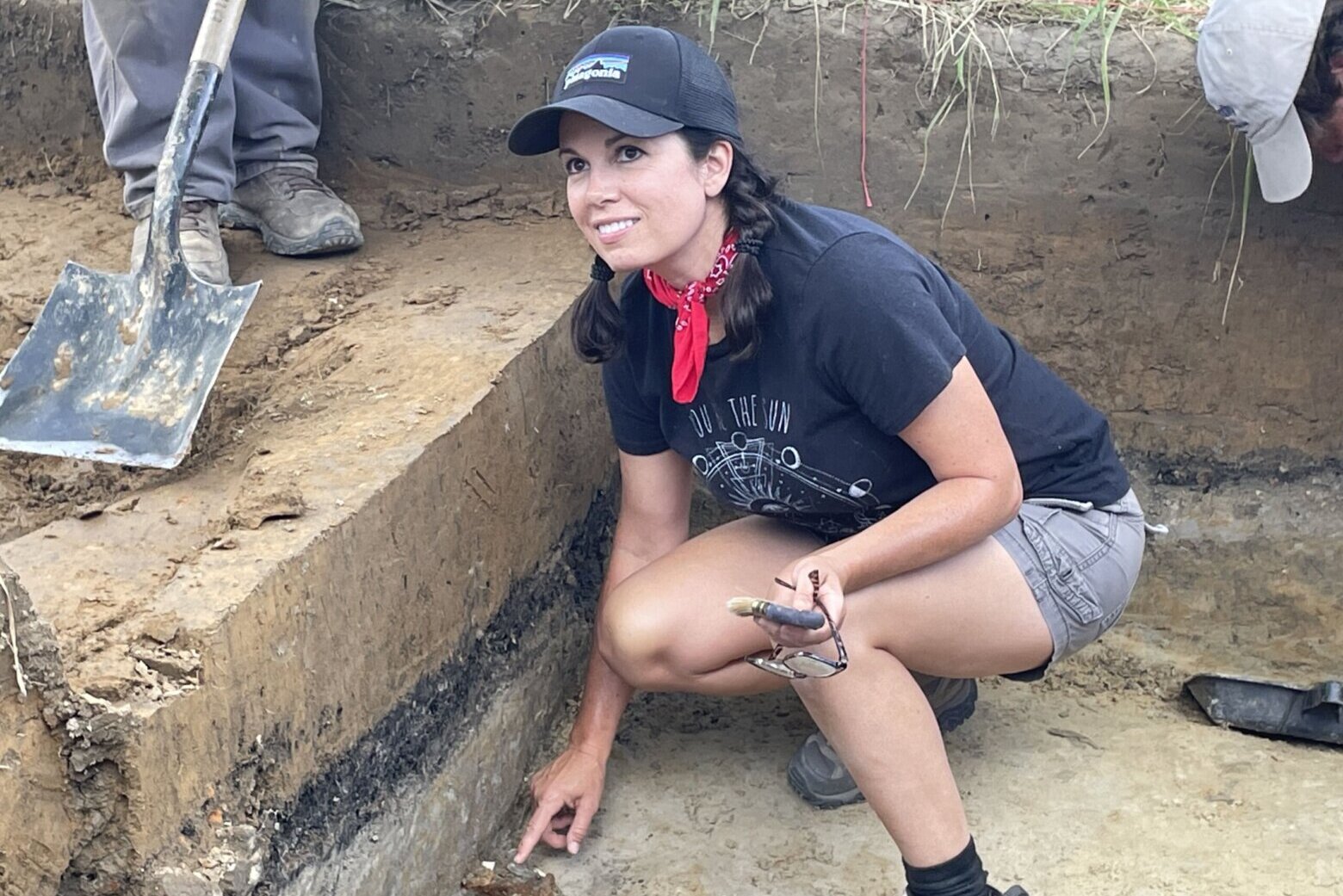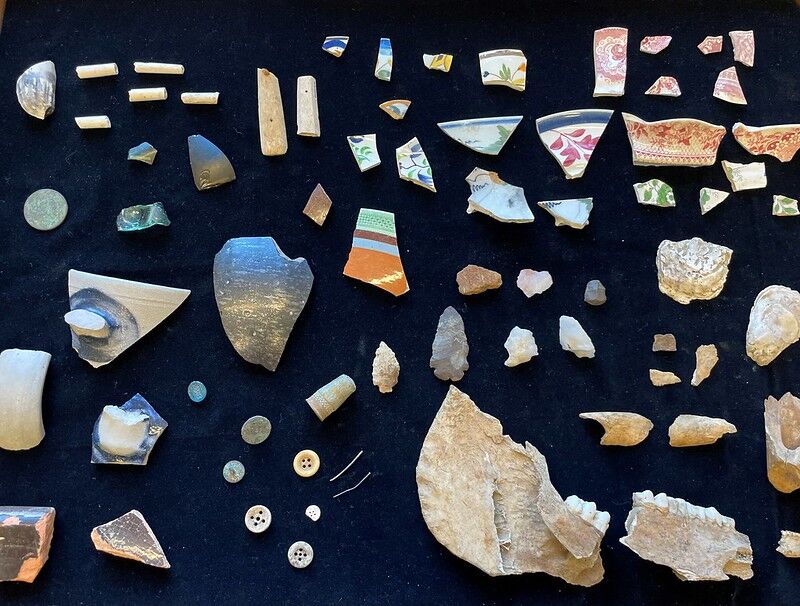Along the Eastern Shore, on farmland where enslaved people once worked, Maryland archaeologists made a find, which they believe sheds more light on what life was like in the place where Underground Railroad conductor Harriet Tubman was born.
Using ground-penetrating radar, archaeologists discovered the foundation of a home beneath the earth.
“It was interesting because it’s like, ‘What’s this building doing in the middle of this farm field,’” said Maryland Department of Transportation chief archaeologist Julie Schablitsky.

Schablitsky said the search of private properties in the area is part of a continued search of thousands of acres of land owned by Anthony Thompson, a slaveholder. Currently, the area is a mix of federal, state and private lands.
What led the investigation team to the site was a brick fragment, followed by the discovery of broken ceramic dishes. The radar scan then found the home.
“We almost had an X marks the spot to start with, and it narrowed down our search area pretty quickly,” Schablitsky said.
After the discovery, the question to answer was, “Who did the home belong to?” Schablitsky said the broken tea cups and animal bones spoke of a poverty diet.
“Those animal bones were the lowest cuts of meat, meaning they were the heads and the feet of the animals, not the more meatier portions,” she said.
It also appeared that the person who once lived there was supplementing the diet with wild game, such as muskrats, raccoons, turtles, crabs, oysters and fish.

Schablitsky said the home demonstrated permanence, stability and even authority, but the artifacts spoke of someone impoverished.
It’s now believed the home was once home to an enslaved overseer of Thompson Farm.
“Someone who had the appearance of being in power; but yet in reality, was just another servant to the person who owned the property,” Schablitsky said.
The find from this site that is getting the most attention is a West African spirit cache, which is a bundle of items that a person would put out in the case to protect those inside the home from negative spirits.
“What we found was a collection that included a glass, heart-shaped bottle stopper from a perfume bottle. We found a copper alloy button; we found bent nails, red brick pieces, shell, and ceramic, like broken dishes inside there,” Schablitsky said
While the cloth that once held them together had since decomposed, the proximity of the items to one another led archaeologists to believe that the artifacts were once in a bundle in front of the home’s chimney.
Harriet Tubman’s birthplace
Tubman was the most famous conductor of the Underground Railroad after she escaped slavery.
Two years ago, the same team of archaeologists discovered the home of Benjamin Ross, Tubman’s father in the Blackwater National Wildlife Refuge.
“There’s a lot of land along the Harriet Tubman Underground Railroad Byway, and those sites are just waiting to be discovered,” Schablitsky said.
While the excavation at the site of the overseer’s home has ended, Schablitsky said they plan to revisit and search the site more down the road.
For now, the location of the home will remain secret, and the public will only be able to see pictures taken of the foundation of the home. The artifacts though belong to the state and will be lent out to museums and other locations to display.
The first place the public can see the artifacts is at the Harriet Tubman Underground Railroad Visitors Center in Dorchester County.
The artifacts were unveiled on Tuesday, and Maryland Gov. Wes Moore was among the first to see them.
“Harriet Tubman’s birthplace is sacred ground, and this discovery is part of our ongoing commitment to preserve the legacy of those who lived here,” Moore said. “The find reveals untold stories of the past that help us both understand the history we share and inspire us to make a better future.”
You can see the other items archaeologists found on the Maryland Department of Transportation’s Flickr page.








